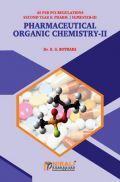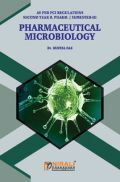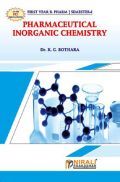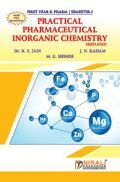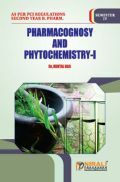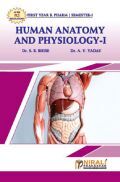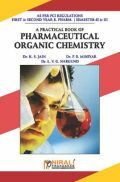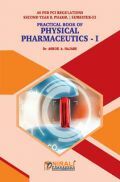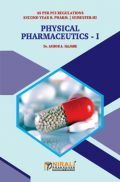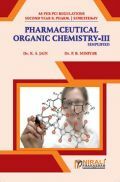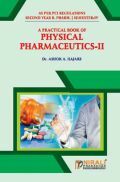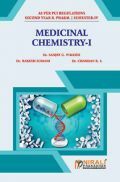Paul Ehrlich's concept that protozoal diseases could be cured by the administration of synthetic chemicals which selectively react with the target tissue of the protozoa rather than that of the host and Domagk's later expansion of this view to the treatment of bacterial diseases with the introduction of prontosil were the prominent landmarks in the birth of modern chemotherapy. The accuracy and the depth of clinical applications of these chemotherapeutic agents were further sharpened due to new inventions in the molecular biology which are increasingly involved to explain the mechanisms of action of many new chemotherapeutic agents. These broad area of pharmacology presented together with necessary data on the chemistry, absorption, excretion, tolerance and toxicity of the drugs are expected to provide a proper understanding of both, the value and limitations of the drug therapy.
This book Useful for B.Pharma Students.
1. Hemodynamic and Electrophysiology of Heart
2. Drugs used in Congestive Heart Failure
3. Anti-Hypertensive Agents
4. Anti-Anginal Drugs
5. Anti-Arrhythmic Agents
6. Anti-Hyperlipidemic Drugs
7. Drugs used in the Therapy of Shock
8. Hematinics, Coagulants and Anti-coagulants
9. Fibrinolytics and Anti-platelet Drugs
10. Plasma Volume Expanders
11. Diuretics and Anti-Diuretics
12. Introduction to Autacoids
13. Prostaglandins and Leukotrienes
14. Angiotensin, Bradykinin and Substance
15. Non-Steroidal Anti-inflammatory Agents
16. Adenohypophyseal Hormones
17. Thyroid Hormones Analogues and their Inhibitors
18. Parathormone, Calcitonin and Vitamin D
19. Insulin, Oral Hypoglycemic Agents and Glucagon
20. ACTH and Corticosteroids
21. Sex Hormones
22. Drugs acting on Uterus
23. Bioassay
Index







